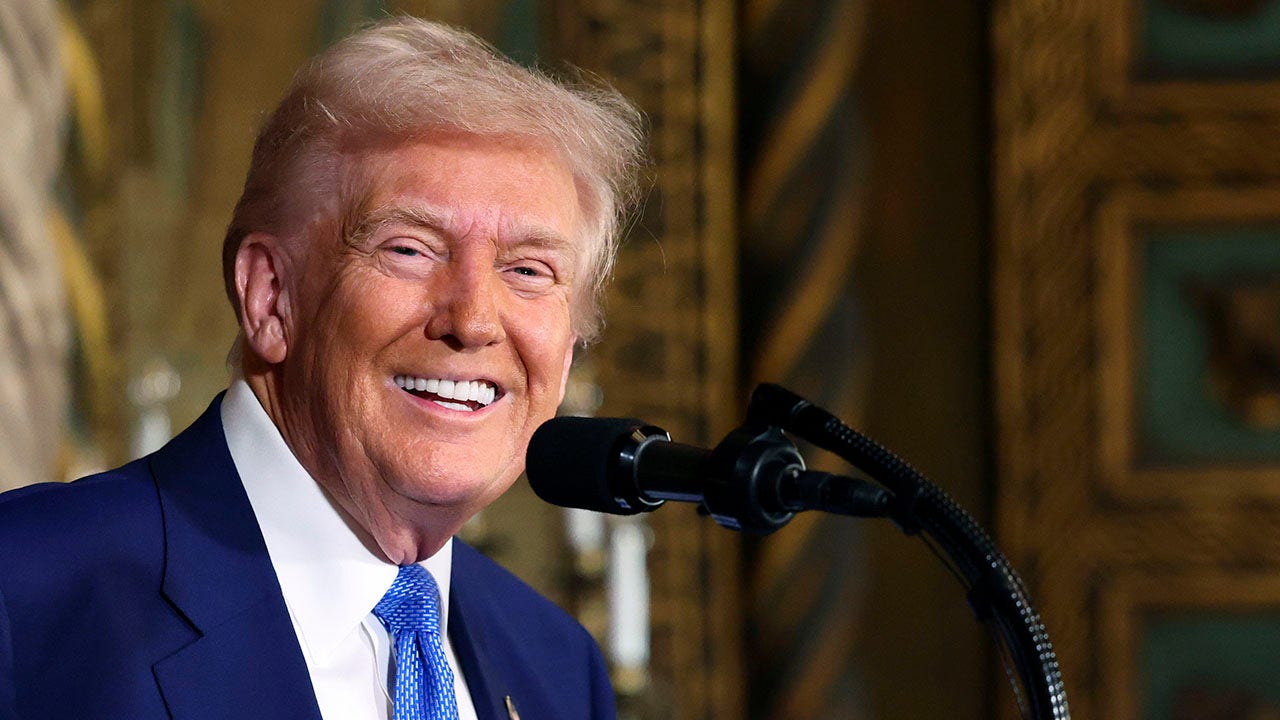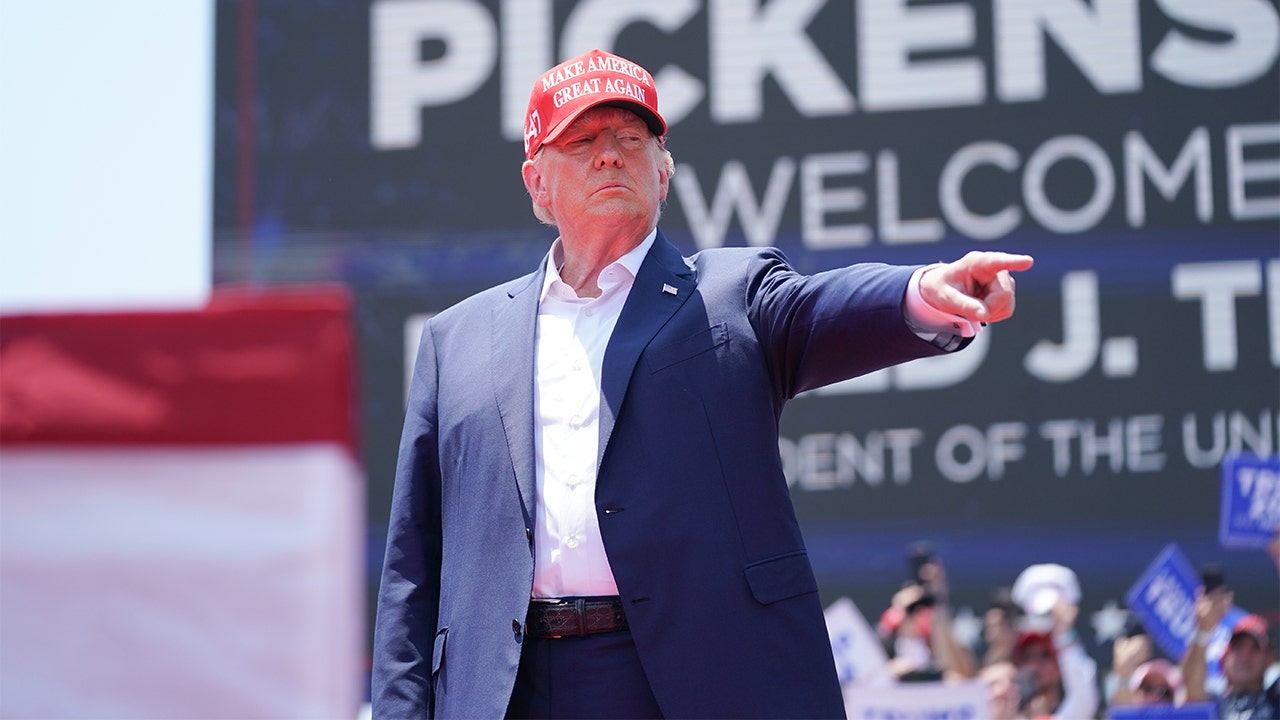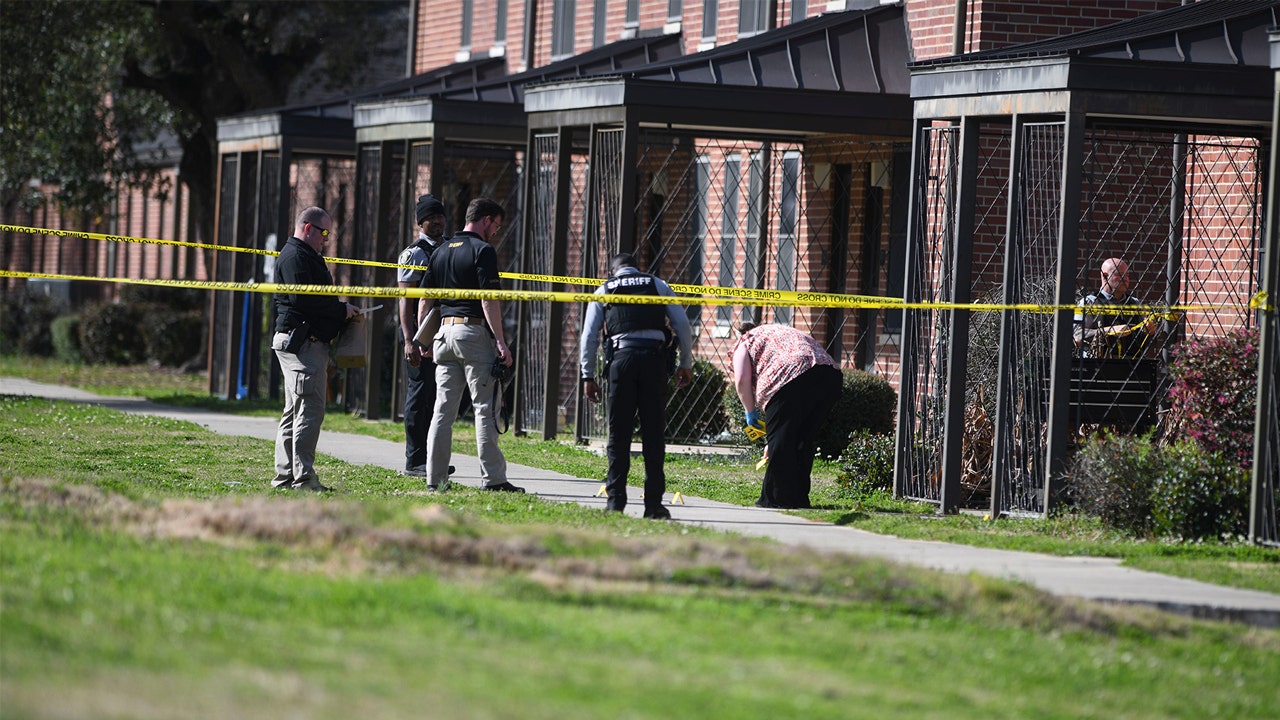It is still too early to tell just what kind of lasting impact the debate last Thursday will have on the presidential race.
Not enough polls with a strong history of accuracy and use of the highest-quality surveying methods have been released thus far to provide a clear picture of the post-debate national mood.
Most of the polls released so far are what are known as opt-in online polls, which have a less established track record for historical accuracy. The New York Times polling average, which includes all polls but gives more weight to higher-quality polls, indicates a slight dip in President Biden’s numbers since the debate.
It takes time for public opinion to coalesce around an issue. About 51 million Americans watched the debate live, but that number represents only a portion of the eligible voting population. Instead, many Americans are engaging with the debate by watching clips after the fact, or through their conversations with friends.
It also takes time to conduct high-quality polls, usually four or five days at a minimum. It takes time to reach people, particularly key groups that are difficult to reach, like younger voters, or Hispanic voters without college degrees. Pollsters often need to attempt to contact respondents multiple times.
When all this is taken together, it means it will be about a week — or more — before a clearer picture comes into focus about how the debate played out for the American public.





